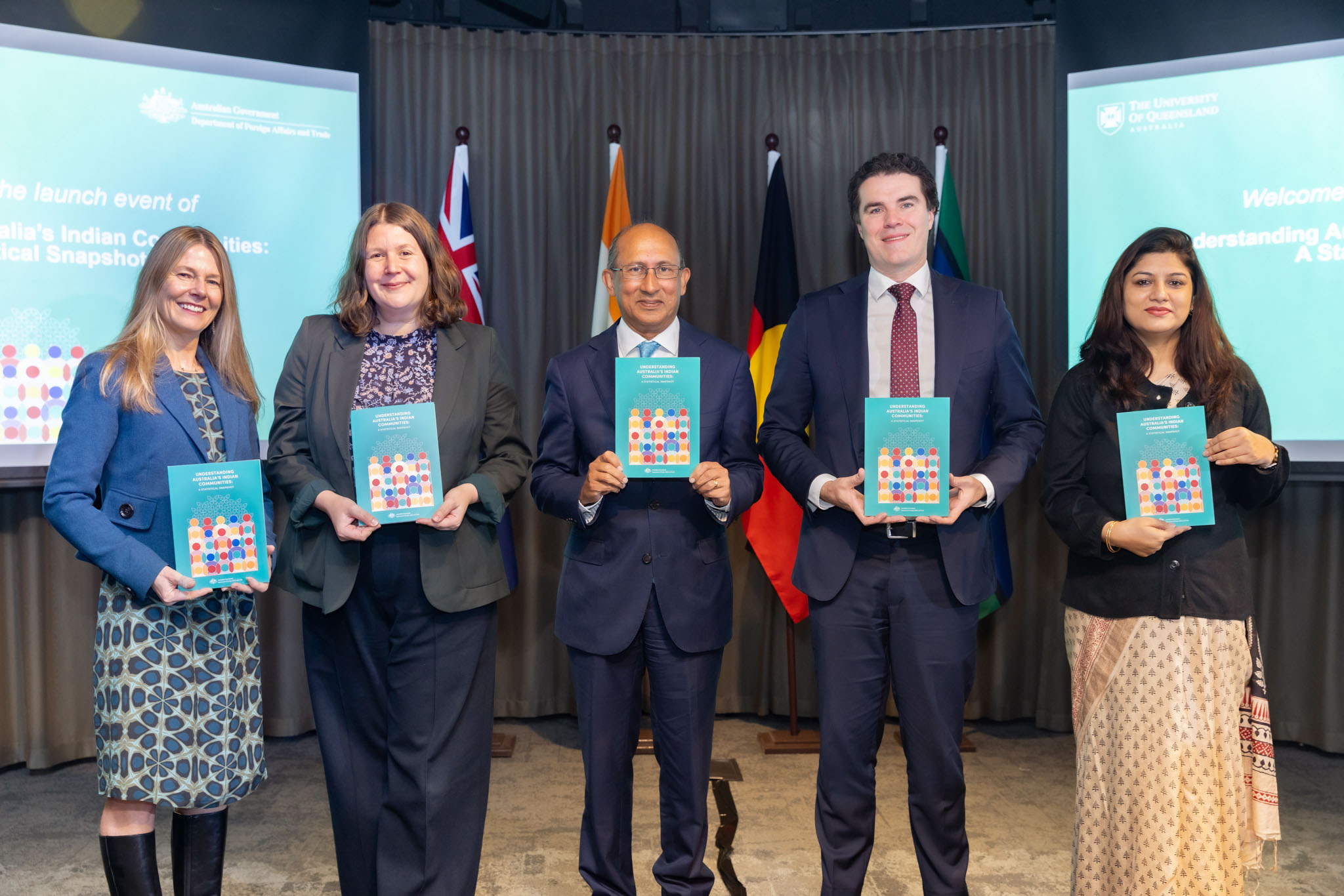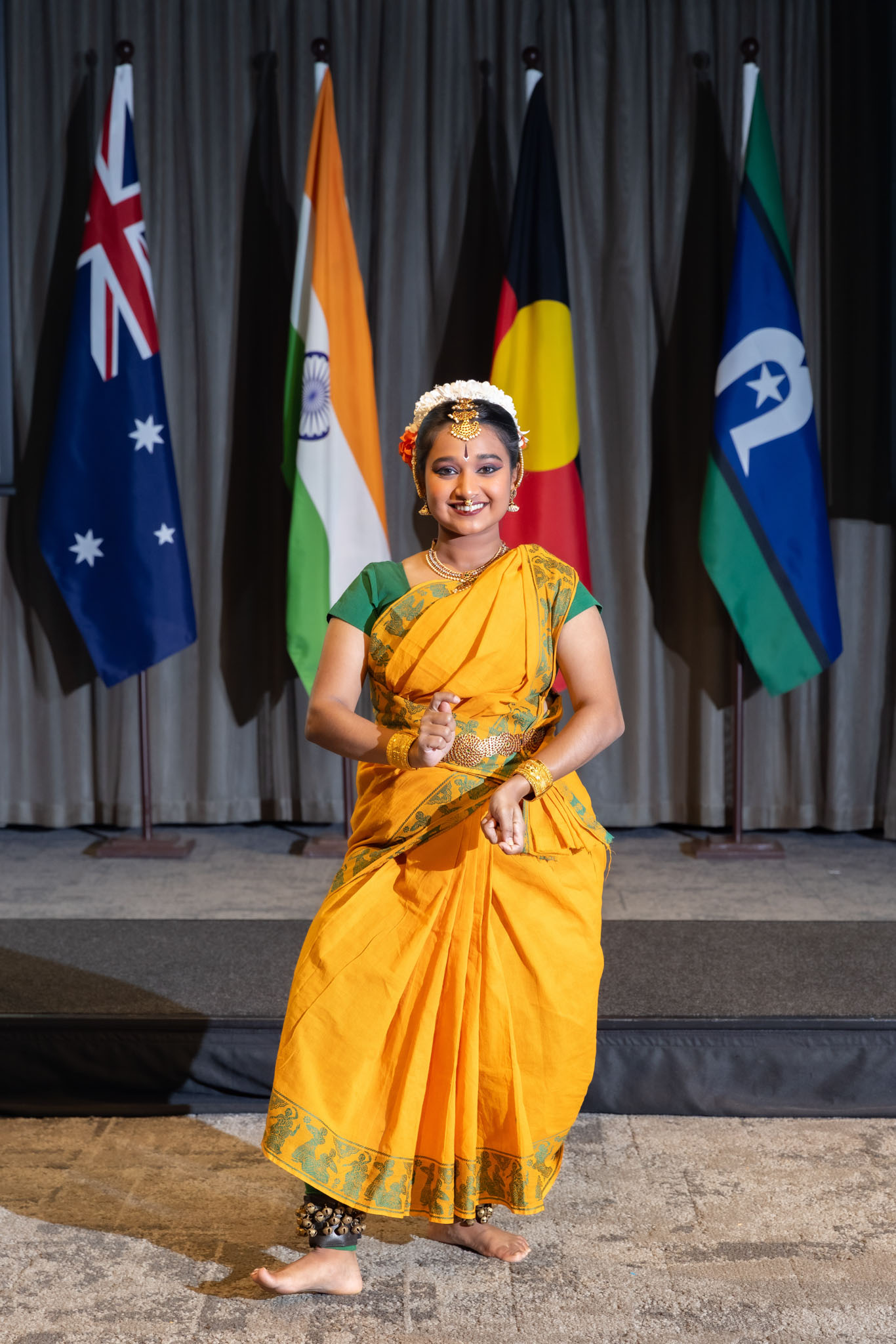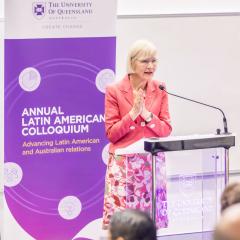The University of Queensland (UQ), in partnership with the Department of Foreign Affairs and Trade (DFAT), has launched a landmark report offering a comprehensive statistical analysis of the Indian diaspora in Australia.
Understanding Australia's Indian Communities: A Statistical Snapshot was officially launched on 25 July 2025 at Brisbane’s historic Customs House. The event brought together distinguished guests including Neetu Bhagotia, Brisbane’s newly appointed Indian Consul General; Sarah Storey, DFAT’s First Assistant Secretary for South and Central Asia; Tim Watts, Special Envoy for Indian Ocean Affairs; and UQ Chancellor Peter Varghese AO, as well as academics, diplomats, students, and members of the Indian diaspora in Australia.

UQ Pro-Vice-Chancellor (Global Partnerships) Brett Lovegrove welcomed guests to the launch event, highlighting the report’s significance in shaping future engagement between Australia and India.
“This report marks a significant milestone in our understanding of one of Australia’s most dynamic and influential communities,” he said.
“By grounding our insights in robust data, it allows us to move beyond anecdotal narratives and truly appreciate the complexity, diversity, and contributions of Indian Australians. At UQ, we believe that meaningful global partnerships begin with understanding—and this report is a testament to that principle.”
Tim Watts, Special Envoy for Indian Ocean Affairs, said the Indian community is key to Australia’s success in building a “peaceful, stable and prosperous Indo Pacific”.
Produced by a team of 11 academics from UQ, Deakin University, and Griffith University, the report draws on data from 1987 to 2022 to explore generational trends, migration pathways, and the evolving role of Indian-origin Australians in shaping the nation’s social, economic, and cultural fabric. UQ research was led by Associate Professor Elin Charles-Edwards, a population geographer and demographer and Director of the Queensland Centre for Population Research.
Key findings reveal a significant rise in skilled migrants, professionals, and international students over the past two decades. Indian Australians are now deeply embedded across all sectors of Australian life—from business and politics to science, the arts, and academia.
- Since 2006 there’s been a 3.7-fold increase of Indian migrants to Australia.
- Most first-generation Indian migrants are between 25-44 years old.
- 68 per cent of Indian arrivals since 2006 already have an undergraduate degree or higher.
- 90 per cent of Indian-born migrants live in capital cities but regional areas are seeing rapid growth.
- 85.3 per cent of Indian-born migrants work, compared to an employment rate of 80 per cent for migrants overall.

The report positions the Indian diaspora as a national asset, vital to strengthening Australia–India relations, particularly in trade, innovation, and public diplomacy. It also underscores the importance of education as a key migration pathway, with nearly half of new Indian arrivals entering Australia through study. Indian research students now represent the second-largest cohort of international candidates in the country.
Beyond informing policy and engagement strategies, the report empowers communities to see themselves reflected in Australia’s national story and encourages deeper, more inclusive dialogue between the two nations.
Understanding Australia's Indian Communities: A Statistical Snapshot



